Workdays in the construction industry can often be long and grueling, and that's under the best of weather conditions. The job becomes doubly challenging when the rain comes pouring down. Even the slightest drizzle can have an immense impact on the operation on-site as well as the comfort, health, and safety of construction workers. This article delves into the importance of high-quality rain gear in the construction industry. We will explore diverse essential rain gear items, factors to consider when choosing your rain gear, and tips to enhance their performance and durability. As we embark on this journey, we strive to aid construction workers in finding the perfect rain gear that promotes their wellbeing and boosts productivity, rain or shine.
Importance of Rain Gear for Construction Workers
There's a certain rustic charm to working in the open air, battling the elements while constructing something of substance, brick by brick. However, when the sky pours down, the construction site transforms into a potential hazard zone. It's during such vulnerable times that the importance of rain gear for construction workers comes into play.
Safety
Construction work plus rain equals a recipe for potential danger. From slippery surfaces and reduced visibility to damp equipment and potential hypothermia, the risks are aplenty. High quality rain gear is of paramount importance for the safety of construction workers.
Heavy-duty waterproof boots with non-slip soles and steel toes ward off slips, falls, and other injuries. Bright, waterproof jackets and trousers not only keep workers dry but also enhance their visibility in overcast conditions, reducing the chances of accidents. These waterproof outfits effectively keep the cold out, lowering the risk of illnesses due to prolonged exposure to wet and chilly conditions.
Comfort
While safety is the top concern, comfort plays a significant role too. After all, how can a worker be expected to achieve peak productivity if they're battling discomfort and the elements simultaneously?
Rain gear for landscaping professionals made from breathable material ensures sweat and humidity aren't trapped inside, an essential feature for those working in regions prone to frequent or heavy rainfall. Adjustable cuffs, hoods, and closures customize the fit, ensuring maximum comfort. Some advanced rain gear designs even feature mesh ventilation to promote airflow while keeping out the rain.
High-quality rain gear for construction workers, besides keeping them dry and safe, also keeps them comfortable. Remember, a comfortable worker is a happy worker, and a happy worker is invariably a more productive worker!
Now, isn't that something every construction project could benefit from? So, regardless of whether you're a construction company owner or a worker, investing in top-notch rain gear makes perfect sense. It's not just about weathering the storm; it's about safety, comfort, and productivity, all wrapped up in one waterproof package.
Essential Rain Gear Items for Construction Workers
Weather often plays a big role in outdoor jobs like construction. Working in harsh weather is a difficulty that most construction workers face each day. However, equipped with the right gear, they can continue their work, despite heavy rain or snowy conditions. This section will highlight essential rain gear that construction workers should always have on hand.
Waterproof Jackets
One of the crucial parts of a construction worker's rain gear is a waterproof jacket. These jackets not only protect against the rain but also help in retaining body warmth during colder times of the year. Look for jackets that are lightweight, durable, and have breathable components for optimum comfort.
- Benefits of a Waterproof Jacket:
- Keeps the worker dry during rain.
- Retains body warmth.
- Lightweight and breathable for maximum comfort.
Pants
Apart from jackets, waterproof pants are an imperative part of the rain gear. These trousers should be tailored from sturdy, water-resistant fabric and have reinforced seams to prevent tearing amidst heavy labor.
- Benefits of Waterproof Pants:
- Prevention from getting wet and cold.
- Durable against harsh working conditions.
- Protects from mud and dirt.
Hats
A waterproof hat should be considered an essential addition to a construction worker's gear. Not only does a hat protect against rain, but it also offers extra protection against falling objects and helps keep the sun out of the worker's eyes on brighter days.
- Benefits of Waterproof Hats:
- Shields the head from the rain.
- Provides additional safety against falling objects.
- Blocks sunlight on sunny days.
Boots
Since construction sites can be muddy and slippery during rainy weather, waterproof boots are a must. They should offer good grip and also provide proper arch and ankle support for those long hours on the feet.
- Benefits of Waterproof Boots:
- Prevents feet from getting wet and cold.
- Provides traction on slippery surfaces.
- Supports the arch and ankle during long work hours.
Gloves
Last but certainly not least on our list of essential rain gear items are waterproof gloves. These keep hands dry and enhance grip, a crucial element when handling tools and equipment in wet conditions.
- Benefits of Waterproof Gloves:
- Keeps hands warm and dry.
- Improves grip on tools and equipment.
- Protects against cuts and abrasions.
Incorporating these wear-and-tear resilient items into their gear can help construction workers stay comfortable and safe, which in turn allows them to perform their duties efficiently, even in harsh weather conditions.
Factors to Consider When Choosing Rain Gear
Experiencing the outdoors during a refreshing rainfall can be an exhilarating experience. However, that enjoyment can rapidly turn into a miserable one if you're soaked to the bone and shivering. Choosing the right rain gear is critical for such moments.
There are several factors to consider when selecting the perfect rain gear, including the material, functionality, weight, and other key characteristics. Understanding these factors will help ensure you stay dry even during the heaviest downpours.
Material
Rain gear is made from a wide variety of materials, each with its own advantages and disadvantages.
- Nylon: Nylon is a common fabric for rain gear due to its high durability and water resistance. However, it can be less breathable than other materials, which might lead to discomfort during physical activities.
- Polyester: Polyester rain gear often provides better breathability than nylon, making it a suitable choice for physically demanding tasks.
- Rubber: Rubber is practically impervious to water, making it an excellent choice for heavy rain. However, it's also the heaviest and least breathable material used in rain gear.
Functionality
Functionality is another essential factor to consider. Rain gear is more than just a barrier against rain; it should also accommodate your activities. Ensure your choice has features such as:
- Pockets: Adequate pockets can keep your belongings dry and accessible.
- Hood: A hood can protect your head and face from the rain.
Weight
Your rain gear's weight might become critical, particularly if you're hiking or trekking long distances. Lighter gear might be made from less durable materials, while heavier gear may offer better protection but also add weight to your pack.
Key Characteristics
A few other characteristics to look out for when shopping for rain gear include:
- Seams: Ideally, select rain gear with taped seams as they are usually more waterproof.
- Breathability: Look for breathable gear to avoid discomfort due to increased perspiration.
- Size and Fit: Ensure the size fits well. Oversized rain gear might be uncomfortable, while undersized gear could restrict movements.
The journey of choosing the right rain gear can be quite a downpour! However, remembering these prime factors material, functionality, weight, and key characteristics can guide you towards making a dry and comfortable choice!
Enhancing Rain Gear Performance and Durability
When it comes to braving harsh weather conditions, having reliable and durable rain gear is non-negotiable. A high-quality rain gear does more than merely preventing you from getting drenched; it offers comfort and ensures your mobility isn't hindered by the pouring rain. But how can you enhance the performance and durability of your rain gear? Here's the secret sauce.
Layering
As any outdoor enthusiast will tell you, layering is key to optimizing the utility of your rain gear. You see, garments with additional layers offer increased durability and overall performance in all weather conditions. Additional layers create a protective barrier that works in tandem with your rain gear to keep you comfortably dry. By creating layers, you're assured of a robust inner shield that warps you against the elements.
High Visibility Rain Gear
While it's important for your gear to keep you dry, it's equally crucial for it to keep you safe. Enter high visibility rain gear. This type of rain gear ensures you're visible even in the worst downpour, reducing the risk of accidents. It's not just about shedding water; it's about covering all bases for your wellbeing in difficult conditions.
Durable Water Repellency (DWR)
So, how do you ensure that your rain gear stands up to its name and repels water effectively? The answer is in Durable Water Repellency (DWR). This unique feature helps moisture run off the rain gear fabric, maintaining its waterproof capabilities. By incorporating DWR, we can assure you an uptick in your gear's waterproofing performance, making soggy adventures a thing of the past!
Sentinel™ Material Features
Ben Franklin famously said, "An ounce of prevention is worth a pound of cure." In the context of rain gear, investing in durable material can save you a world of trouble down the line. This is where Sentinel™ material comes into play. This premium material not only exceeds the usable life but also enhances the comfort of other rain gear. It's a surefire way to prolong the longevity of your gear and keep yourself comfortable, come rain or shine!
Armed with these insights, you're all set to conquer any rainy day. Remember, investing in the right rain gear can make all the difference, and enhancing its performance is well within your grasp. A little forethought and care can keep you dry and safe, no matter what the heavens decide to throw at you.
Maintenance of Rain Gear
Throughout the changing of the seasons, your rain gear remains an essential part of your outdoor activities. From those unexpected summer showers to the inevitable downpours of autumn and spring, your rain gear keeps you dry and comfortable. But keeping your rain gear in tip-top shape requires a bit of savviness. Let's dive into the not-so-complicated world of maintaining such a vital piece of equipment.
Proper Care
It goes without saying that proper care of your rain gear enhances its durability and function. Care for your gear depends on the specific materials involved; consider them as you would a luxury car - each part requires special attention. You wouldn't use the same care process on leather seats as on paintwork, would you?
- Storage: Always store your gear in a dry, cool place after each use. Stuffing your gear into a damp backpack or the trunk of the car exposes it to mold, mildew, and other fabric-destroying organisms.
- Inspection: Carry out regular checks on your gear after each outing for any signs of damage. Small rips or holes can go unnoticed and develop into costly repairs if left unattended.
- Practice caution: Try to avoid rough surfaces where possible that might cause damage to your rain gear. Nothing ruins a good adventure like a tear in your gear, leaving you exposed to the elements.
Cleaning
Contrary to the belief that rain keeps your gear clean, overtime grime, dirt, and body oils build up on your gear. The build-up can deteriorate the water resistance of your gear.
- Read the label: Always read the product's care label before cleaning; not all materials are made equal. Some can bear the brunt of a washing machine, while others may need a more delicate touch.
- Use specialty products: There are several products on the market specifically designed for cleaning outdoor gear. They clean without damaging the material or diminishing its water-resistant properties.
- Avoid harsh chemicals: Stay clear from bleach, fabric softeners, or any other harsh chemicals. They could compromise the integrity of your gear, stripping it of its water-resistant capabilities.
Remember, proper care and cleaning are essential for maintaining the longevity and effectiveness of your rain gear, just as much as the material's quality and design. As the saying goes, "a stitch in time saves nine". Regular care not only magnifies your gear's lifespan but also enhances your outdoor experience.
Benefits of High-Quality Rain Gear for Construction Workers
Every profession has its unique demands and quirks. For construction workers, one such element is coping with the whims of nature, especially during wet weather. This is where high-quality rain gear comes in. Obscured from the public eye, these aren't just fashion statements but essential tools for these professionals. High-quality rain gear helps construction workers stay dry, warm, and comfortable on the job. Here's why investing in top-notch rain gear should be a priority for every firm and individual in the construction industry.
Rain can make the most straightforward task seem like an uphill task—making the already challenging construction work even harder. With freezing temperatures and slick surfaces to contend with, productivity can take quite a hit. This is where high-quality rain gear becomes invaluable. By providing a dry and warm environment for the worker, it helps maintain their comfort and, consequently, their efficiency—no matter the downpour.
There are several benefits of high-quality rain gear for construction workers, including:
- Increased Productivity: Wet and cold environments can negatively impact work efficiency. High-quality rain gear allows construction workers to perform their duties without the added discomfort of being cold and wet.
- Better Health and Safety: Extended exposure to cold and wet conditions can lead to illnesses, negatively affecting workers' wellbeing and their professional output. Rain gear keeps them protected.
- Durability: High-quality rain wear lasts longer, is more tear-resistant and withstands the rigors of construction work better than its cheaper counterparts. This makes it a cost-effective purchase in the long run.
- Comfort: Above all, well-made rain gear is comfortable, letting workers focus on their work without worrying about the weather.
"Quality rain gear helps construction workers stay dry, warm, and comfortable on the job."
A good piece of rain gear acts as a second skin, a formidable shield protecting them from the elements while they go about building, restoring, or repairing our infrastructure. Investing in high-quality rain gear, therefore, holds benefits beyond immediate comfort—it's about maintaining productivity, enhancing safety, and ensuring the wellbeing of our construction workers.
Every piece of rain gear—be it a rain jacket, bib pants, or boots—is an integral part of a construction worker's toolbox. By ensuring they are adequately protected from the weather they cannot control, they get the much-needed support to keep building, creating, and shaping the world around us without any hitches. After all, Macbeth might've proclaimed that life is full of sound and fury, signifying nothing, but for those donning their high-quality rain gear against the storm, they are the epitome of stoic determination and resilience. And that, without a doubt, signifies something commendable.
Conclusion
Building a successful career in construction demands resilience, expertise, foresight, and the right gear. This includes having reliable rain gear that shields you from harsh weather, ensuring safety, and promoting productivity under challenging conditions.
Whether it's waterproof jackets that keep you completely dry or the comfort of waterproof gloves, a high-visibility hat or sturdy boots, your rain gear is the first line of defense against extreme weather. Coupled with thoughtful maintenance, your gear can serve you season after season without compromising its functionality or comfort.
Most importantly, investing in high-quality rain gear designed with the needs of construction workers in mind brings untold benefits. Premium gear like that offered by Hurricane Raingear can help you weather the storm while delivering your best performance consistently.
At the end of the day, remember, your safety and comfort are paramount and of course, the right rain gear can make all the difference.
Frequently Asked Questions
-
What are the essential features to look for in rain gear for construction workers?
Essential features to look for in rain gear for construction workers include waterproof or water-resistant materials, sealed seams, adjustable cuffs and hems, reinforced knees and elbows, and high-visibility colors for safety.
-
How can I ensure the durability of my rain gear for construction work?
To ensure the durability of your rain gear for construction work, opt for high-quality materials like PVC or nylon, check for reinforced stitching and double-layered areas, and follow proper care instructions such as regular cleaning and storage in a dry place.
-
What is the ideal fit for rain gear for construction workers?
The ideal fit for rain gear for construction workers should allow for ease of movement and layering of clothing underneath. It is recommended to try on different sizes and styles to find the most comfortable fit for your body type and work requirements.
-
Are there any specific safety considerations for rain gear worn by construction workers?
Yes, safety considerations for rain gear worn by construction workers include the incorporation of reflective or high-visibility strips for increased visibility in low-light conditions, as well as the presence of removable hoods that do not obstruct peripheral vision.
-
How often should rain gear for construction workers be replaced?
The frequency of rain gear replacement for construction workers depends on various factors such as wear and tear, the intensity of use, and adherence to proper care practices. It is recommended to inspect the gear regularly and replace it when it shows signs of deterioration or damage.



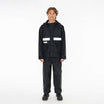
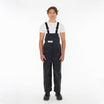
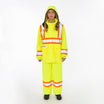
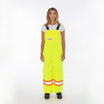
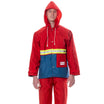
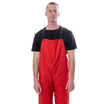
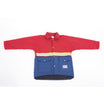
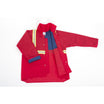
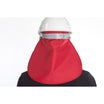

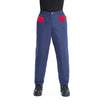
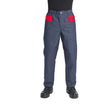
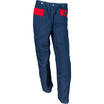
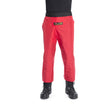
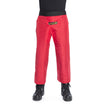
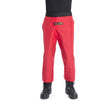
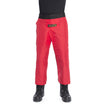
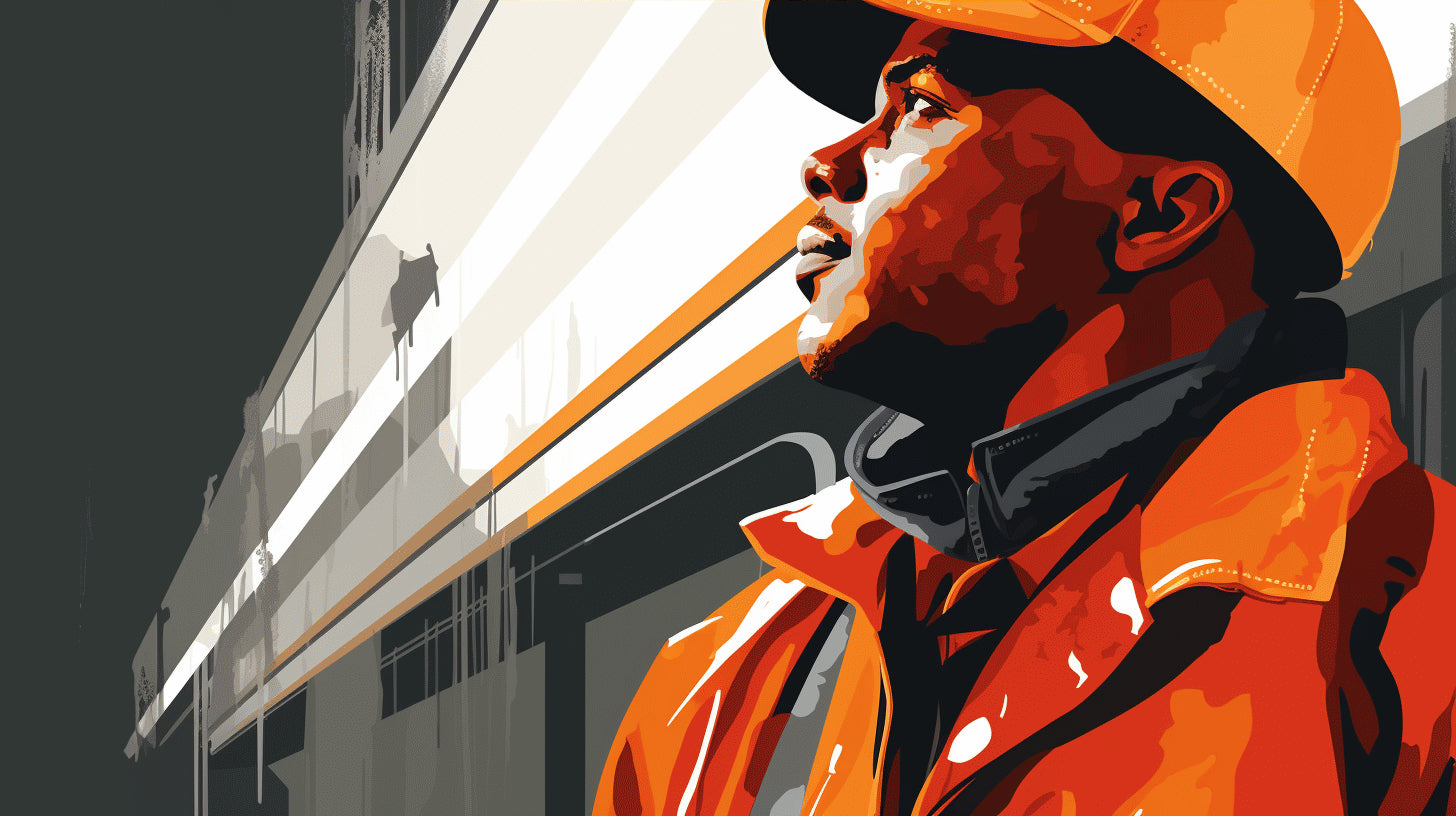
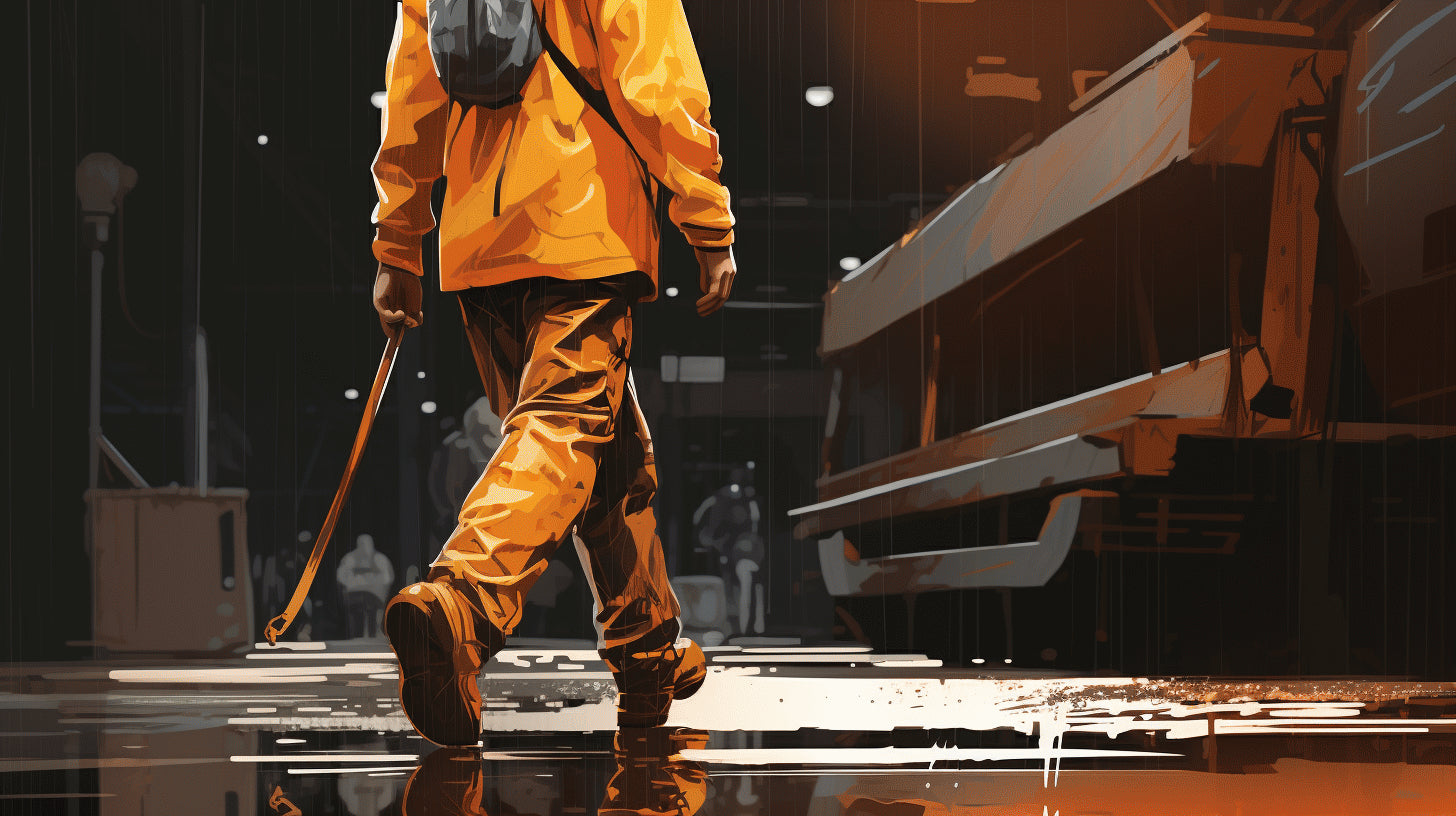
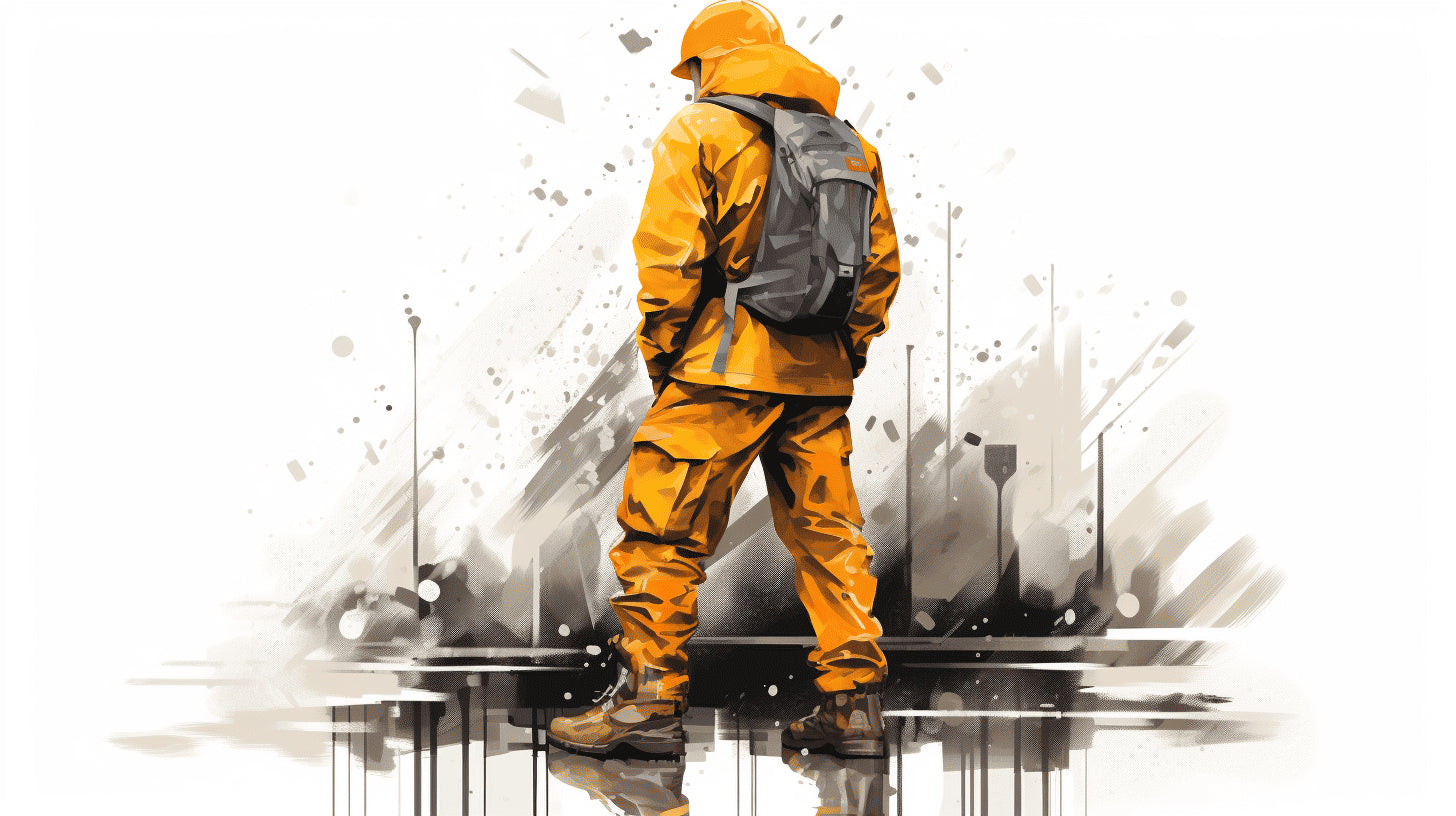
Leave a comment
This site is protected by hCaptcha and the hCaptcha Privacy Policy and Terms of Service apply.